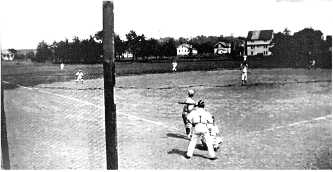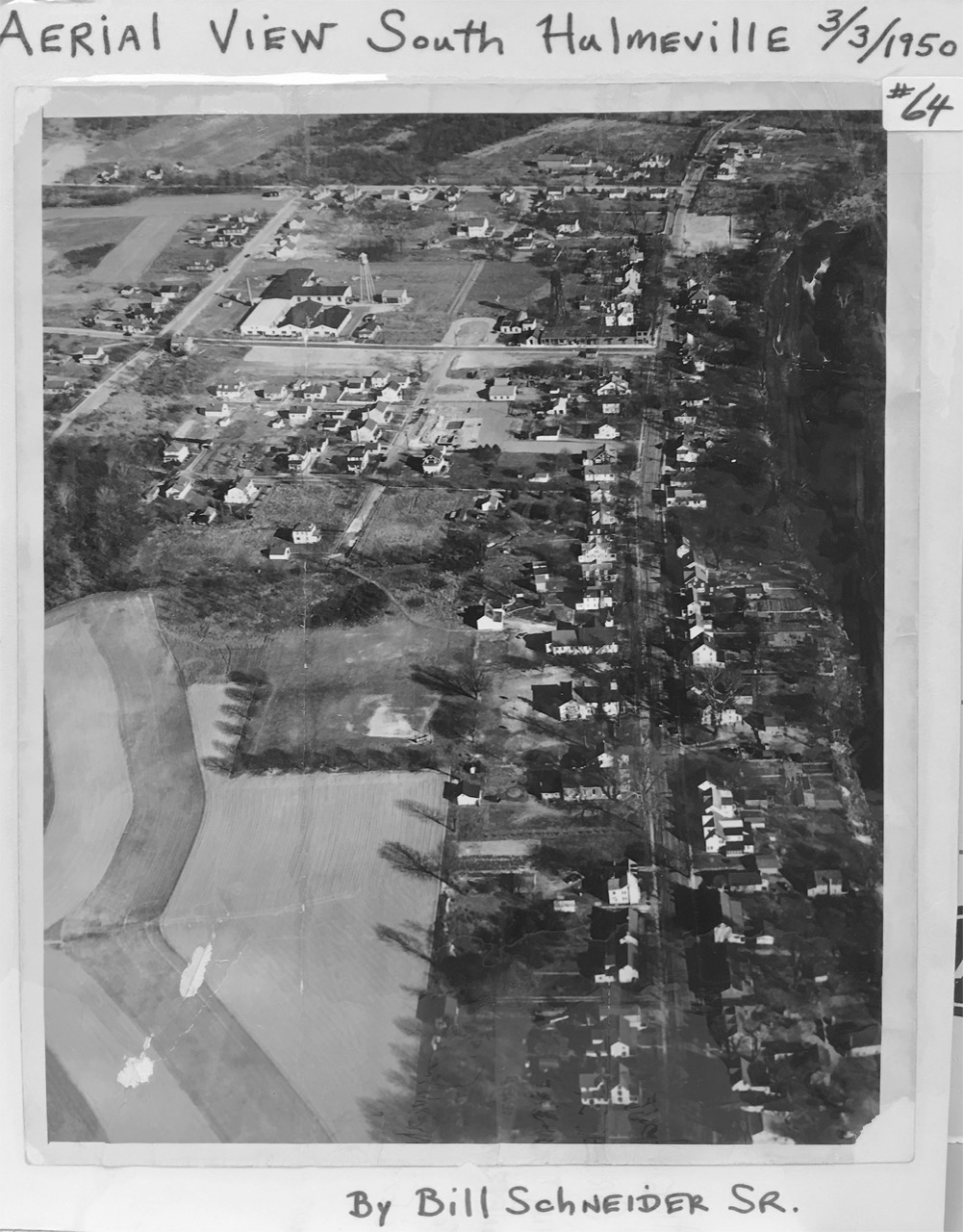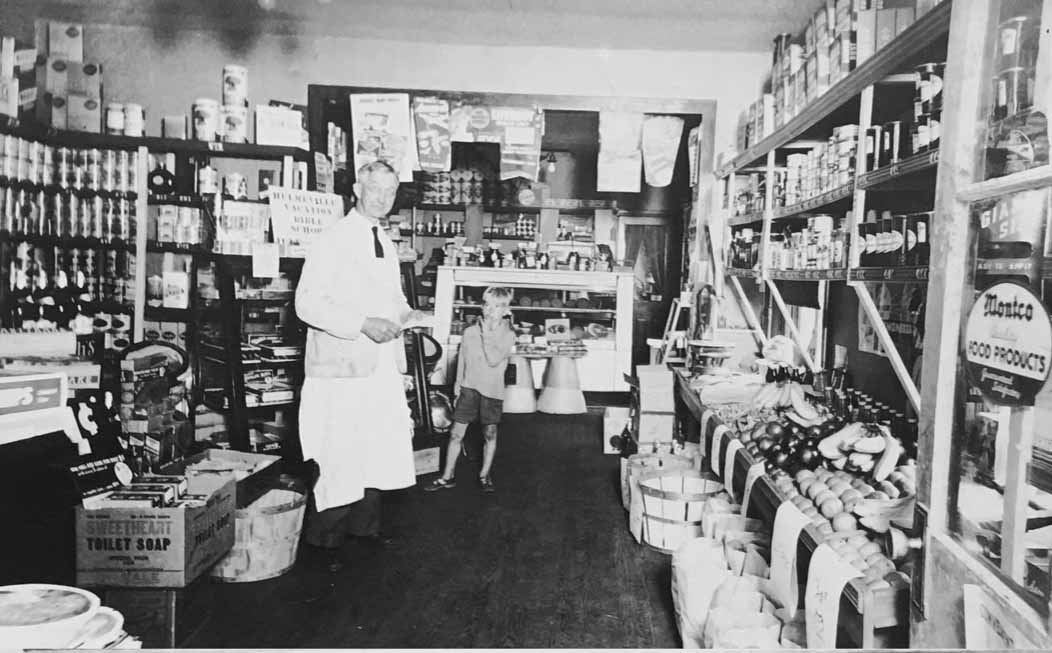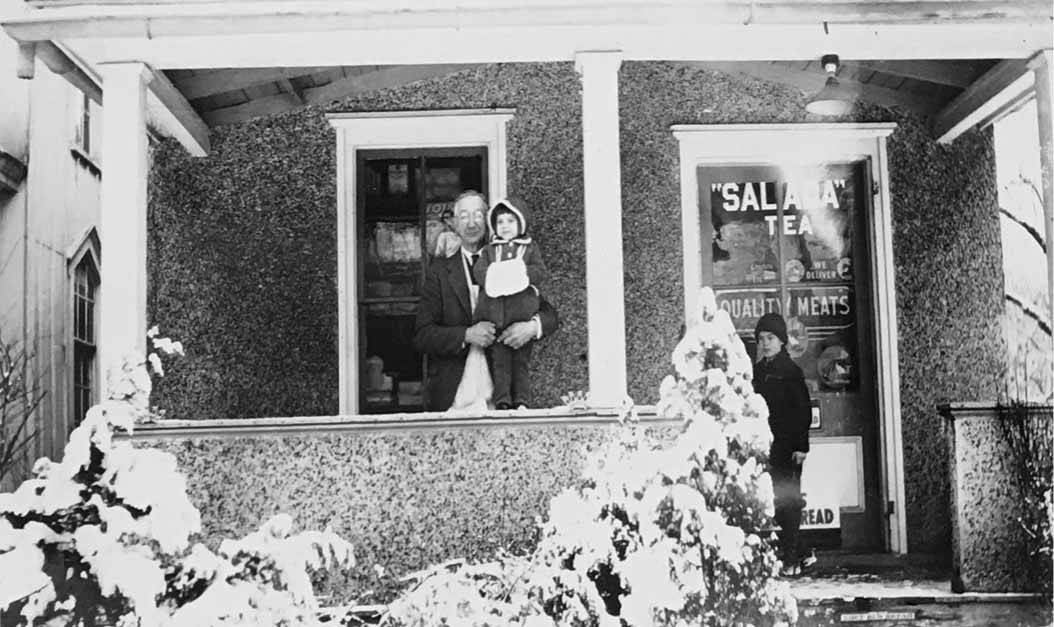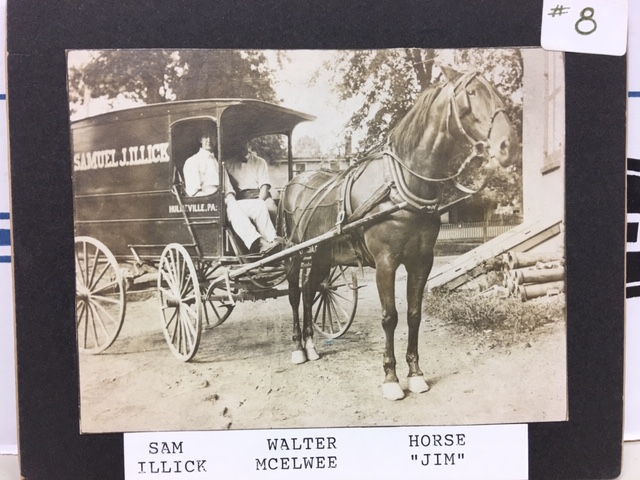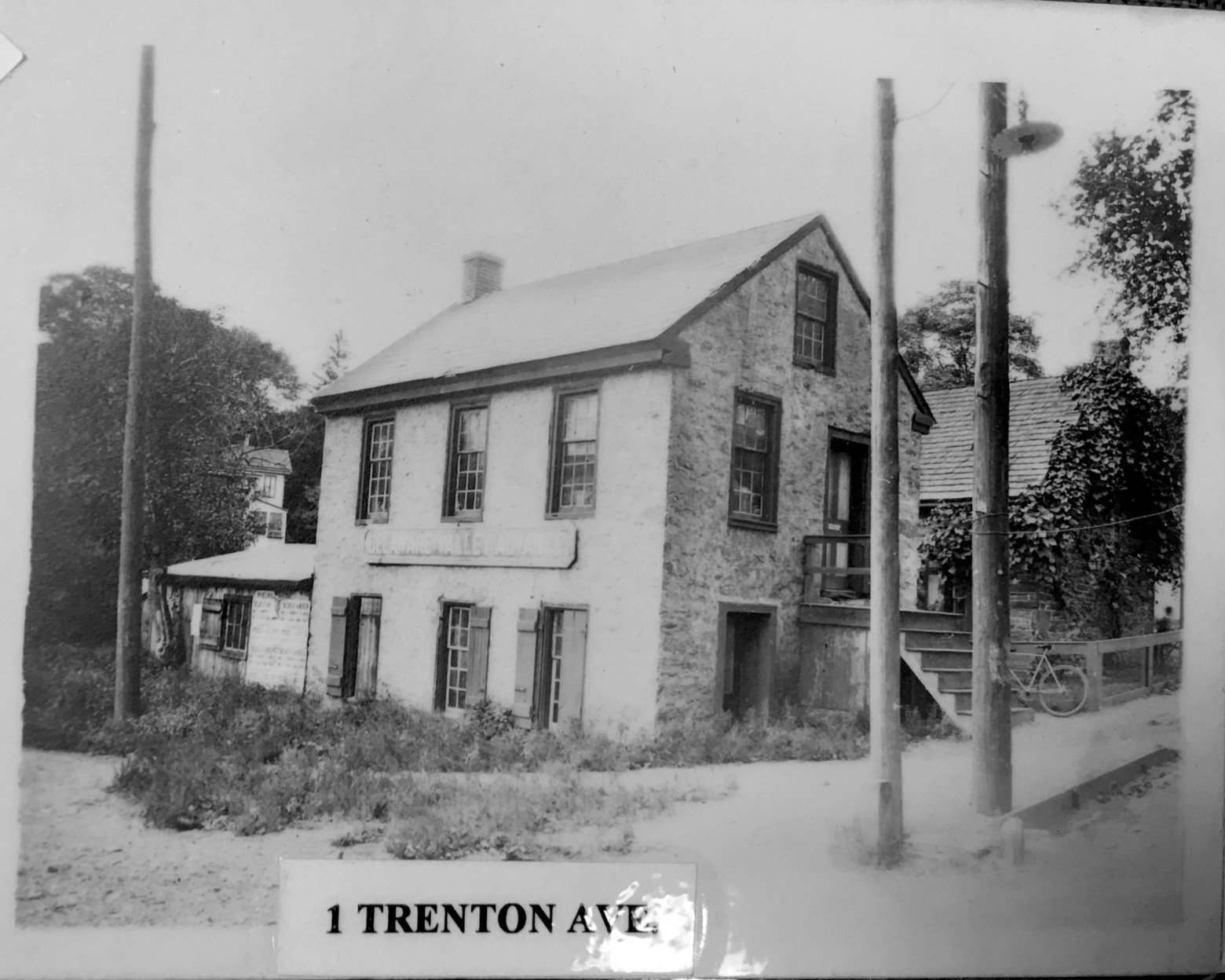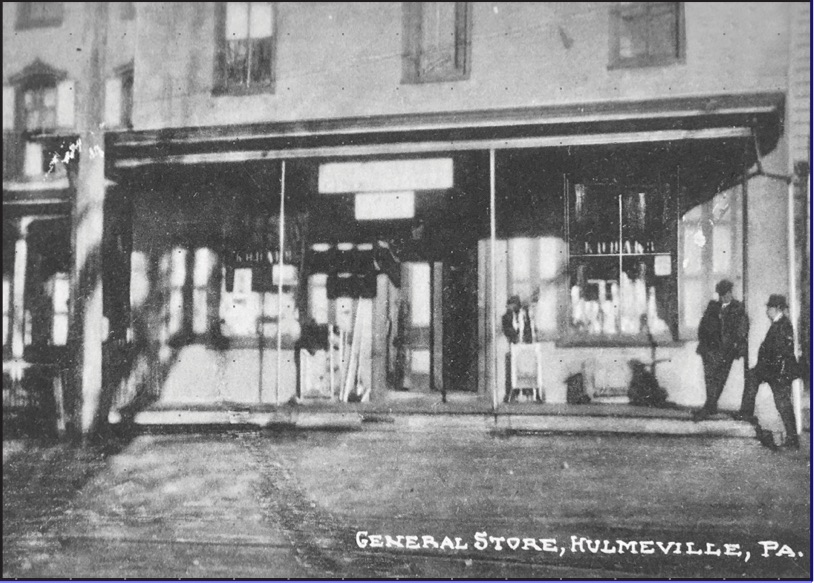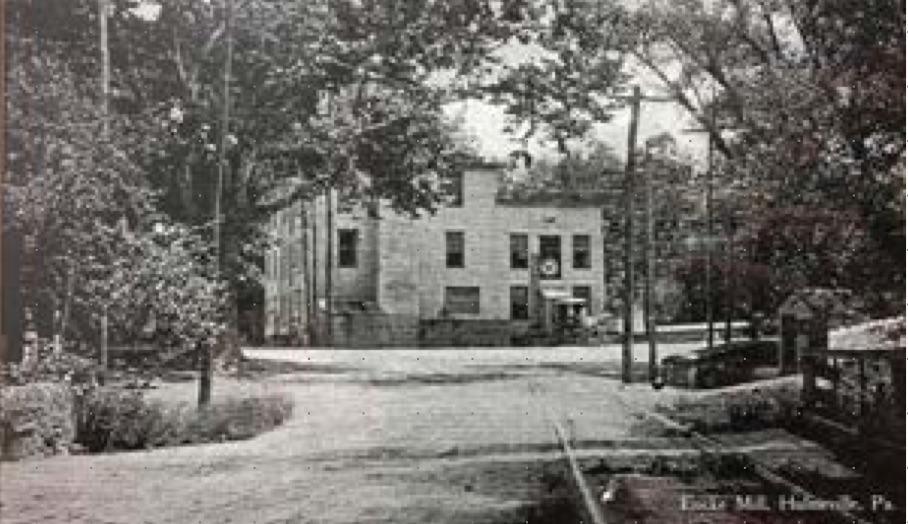From the April-May-June 20205 Newsletter
A little bit of Hulmeville History – Hulmeville and Baseball
Spring is in the air and it’s time for another year of baseball. Hulmeville had a long love affair with baseball in the late 19th and early 20th century.
Baseball was taking off across the United States in the second half of the nineteenth entury. In the summer of 1874, the Hulmeville Beacon reported on this phenomenon coming to Lower Bucks County. “Base Ball – This athletic pleasure of our young men is quite the rage at the present time. The clubs bear the names of ‘Schenck’s’ of Schenck’s Station (Croydon), ‘Keystone’ of Hulmeville, ‘Resolutes’ of Attleboro (Langhorne) and ’Goldsmith‘ of Bristol. On Friday last the second game between the ’Schencks‘ and ’Keystones‘ was played. The game was a very exciting one and was won by the ’Schencks’ by 13 runs— _the score standing at 35—22. The game was drawn on account of a violent storm which passed over the section when the above score was reached.” Imagine how many runs would have been scored if not for the storm. The Philadelphia Quakers formed in 1883 and changed their name to the Phillies in 1890.
By the 1890s local players were travelling to away games by using the trolley that came through town. According to a story in the Hulmeville Borough Centennial booklet, “… for an afternoon game the men would board the trolley in the morning, get off at the next tavern, spend a little time, board the next trolley to the next tavern and so on. These boys must have been pretty wild by game time.” Despite this, the Hulmeville teams were very successful.
In 1927, the Hulmeville team had a record of 38-6 and won the league championship. The team played at a field that was created on Reetz avenue behind the wallpaper mill that was at Reetz and Main. Newspaper accounts reported that hundreds of fans regularly showed up at these games in the twenties and thirties with one game having 2,000 people in attendance. In 1933, the Boston Black Sox of the National Negro League came to Reetz Avenue to play the Hulmeville A.A. team.
Some stars of the team from the 20s and 30s were Charles “Dutch” Afflerbach, Leon “Bing” Comly, George Bilger, and pitcher Howard Black. Black even went on to play professional baseball in the minor league for a short time. At the end of the 1936 season, The Bristol Courier announced that Bing Comly and Dutch Afflerbach were retiring after twenty-five years on the Hulmeville team: “‘Bing’ Comly and ‘Dutch’ Afflerbach, stalwarts on the Hulmeville baseball team for 25 years, have finally come to the conclusion that they can’t go on like Tennyson’s brook, forever… These two chaps have done much for baseball in the lower end of this county having played on many of Hulmeville’s championship teams for more years than any other player with the possible exception of Howard Black… We salute you Bing and Dutch.”
